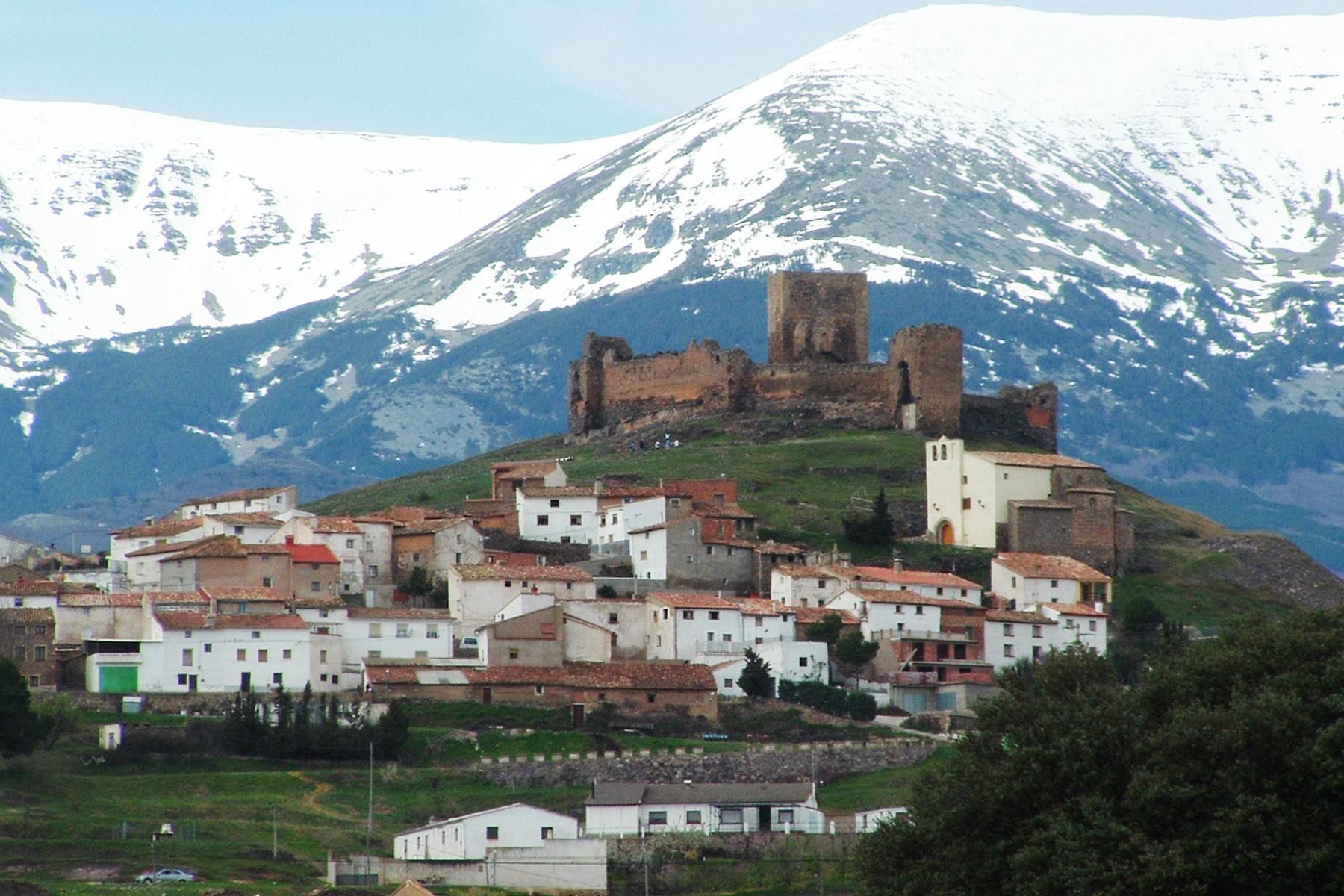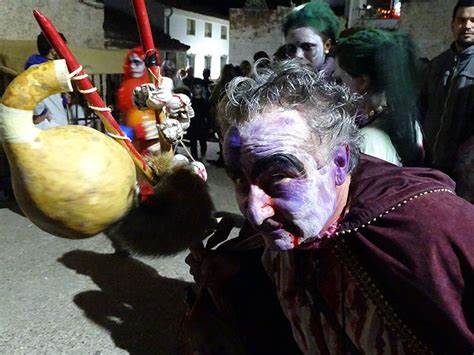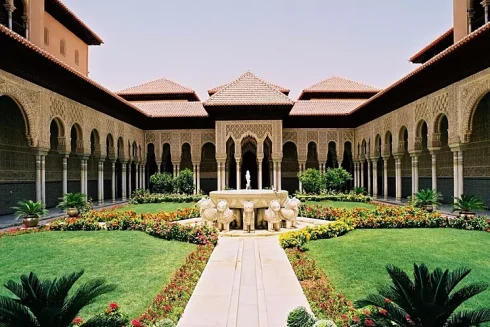
WE called her ‘The Witch.’
We were classmates in secondary school.
After all, her name was Hazel so it wasn’t a quantum leap to be nicknamed ‘The Witch’ (read: Witch Hazel).
She was good-natured about her nickname and didn’t seem to take offence.
In fact, she ‘leaned into’ her moniker as ‘The Witch’ to some extent.
Hazel had long dark hair and wore ‘goth-like’ clothing.
But more than anything else, her laugh resembled more of a cackle than a giggle. I was reminded of Hazel, aka ‘The Witch’, while visiting a pueblo in northern Spain recently.

Let me explain…
Trasmoz is a small pueblo nestled in the northern foothills of Aragon within sight of the snow capped Moncayo Mountains. There is a 13th century castle that dominates above the town.
It was once was a thriving pueblo home to 10,000 inhabitants with silver, iron and lumber bringing prosperity to the village.
Today, however, Trasmoz has a mere 62 people with no schools, many dilapidated homes and only one bar/restaurant.
Why the decline? It seems that in the 1500s, some local citizens began counterfeiting coins with silver and lead from the nearby mines.
They used the castle to house their forge and as a base of illegal operations.
Local authorities became suspicious.
As subterfuge, the counterfeiters began rumours about witches brewing potions at night while dragging chains around the castle and lighting fires in the towers at midnight.

The rumours were meant to scare away inspectors and local citizens from the castle.
So strong were the suspicions of witchcraft in Trasmoz that exasperated local church authorities, and the Archbishop of Tarazona, officially cursed, then excommunicated the entire village. The excommunication order remains in effect today. Trasmozis the only pueblo in Spain ever to hold this dubious honour.
Today Trasmoz embraces their witch-craft heritage and status as a one-of-kind ‘cursed and excommunicated’ pueblo.
Every summer thousands flock to Trasmoz to witness reenactments that depict witches being hunted and tortured. Known as the Feria de Brujeria, (Festival of Witches), the streets become medieval markets selling their wares of lotions, magical potions of native plants and herbs said to have healing (and hallucinogenic!) properties.
There is live music, falconry demonstrations, sword fights, hypnosis and magical shows.

The highlight of the festival is a parade that features the naming of the ‘Witch of the Year’ concluding with a fireworks demonstration.
Trasmoz also celebrates All Saints day and the Winter solstice where pagan customs of fire are said to keep Trasmoz warm in the winter while scaring away evil spirits. The castle above town has been restored and is now a witchcraft museum replete with examples of cauldrons, brooms and sculptures of past ‘local’ witches.
The experience of Trasmoz with witchcraft is the exception rather than the rule in Spanish history.
Contrary to the reputation of the Inquisition, Spanish authorities were skeptical of supernatural phenomenon of any sort—witches, fortune tellers, oracles or sorcerers.
They considered witchcraft to be a northern European or Protestant superstition.
The incidents of large-scale witch trials in England, France, Germany and Colonial America far surpassed anything that occurred in Trasmoz or for the rest of Spain for that matter.
By happenstance, I met up with Hazel recently. I hadn’t seen her in 30 years. Her hair is short and greying and she was dressed more conventionally. When we recalled her days as ‘The Witch’ she laughed … errr… she cackled.
Did you know?
— The father of singer Julio Iglesias, Mr. Julio Iglesias Puga, was kidnapped in 1982 by the terrorist band ETA. He was held captive in a home in Trasmoz. He was ultimately freed by an operation involving 100 special operations policemen.
—The inventor of the mop and a bucket, a Spaniard named Manuel Jalon Corominas, was a resident of Trasmoz. There is a monument sculpture in town to honour his handy inventions.
— Spanish Romanticist poet and writer Gustavo Adolfo Becquer (1836-1870) – an artist considered by many to be the most read writer after Cervantes – often used Trasmoz and its legacy of witchcraft as a setting for many of his novels and poems.
— The Moncayo Mastiff just outside Trasmoz, offers some of the most popular and spectacular hiking routes in all of Spain. Lower elevation oak forests give way to a series of snow-capped peaks with incredible views. On a clear day, one can see the Pyrenees to the North and Zaragoza and the Ebro Valley to the south










